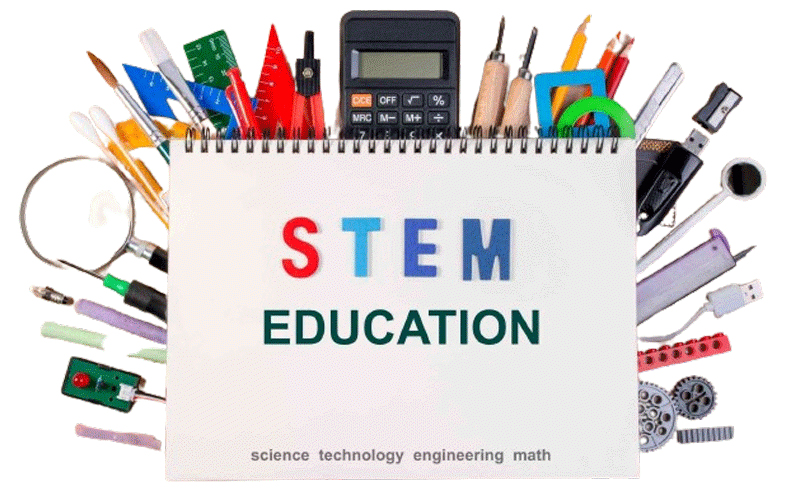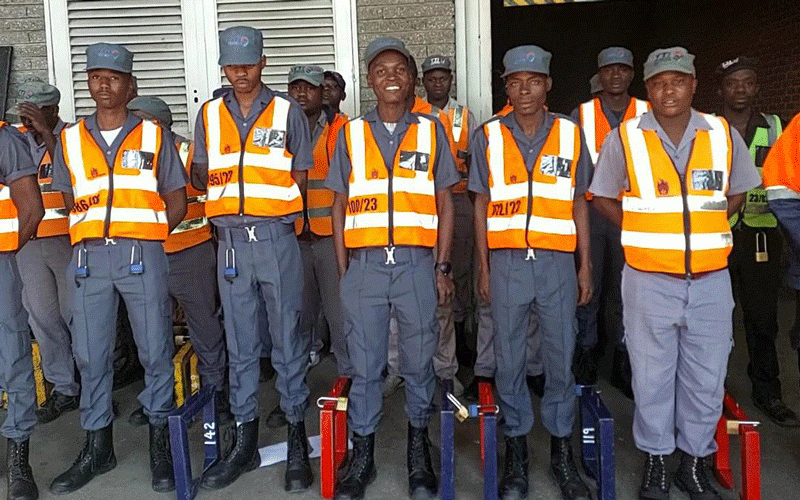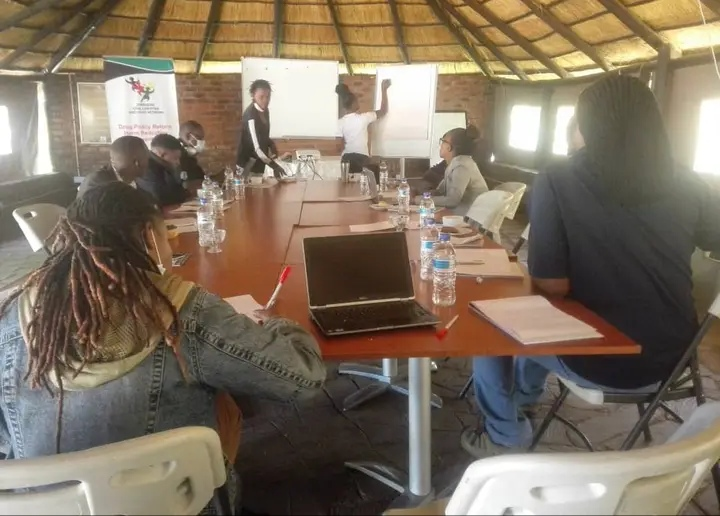
As someone deeply fascinated by the intricate dance between art and science, I have long pondered the symbiotic relationship that binds creativity and scientific inquiry.
From the breathtaking symmetry of a butterfly's wings to the mathematical precision in a piece of classical music, the interplay of artistic expression and scientific principles is evident in every facet of our natural world.
This curiosity led me to explore how this dynamic manifests in educational settings, particularly within the vibrant and evolving landscape of Zimbabwe.
In Zimbabwe, a country renowned for its rich cultural heritage and innovative spirit, the integration of STEAM (Science, Technology, Engineering, Arts, and Mathematics) education is creating a renaissance of learning.
This approach not only nurtures the analytical minds of future scientists and engineers but also cultivates the imaginative souls of artists and creators.
By blending these disciplines, educators are crafting a holistic learning experience that prepares students for the complexities of the modern world.
In an ever-evolving educational landscape, the integration of art into STEM (Science, Technology, Engineering, and Mathematics) to create STEAM (Science, Technology, Engineering, Arts, and Mathematics) is gaining traction globally.
This approach, which emphasizes the value of incorporating artistic creativity and innovation into scientific and technological learning, is especially relevant for countries like Zimbabwe.
- Mavhunga puts DeMbare into Chibuku quarterfinals
- Bulls to charge into Zimbabwe gold stocks
- Ndiraya concerned as goals dry up
- Letters: How solar power is transforming African farms
Keep Reading
STEAM education represents a shift from traditional methods by integrating the arts into the STEM curriculum.
This holistic approach promotes creativity, critical thinking, and problem-solving skills.
In Zimbabwe, where educational challenges such as resource limitations and outdated curricula are prevalent, STEAM offers innovative solutions.
It encourages students to apply artistic and creative thinking to scientific and technical problems, making learning more engaging and applicable to real-world scenarios.
The cognitive and social benefits of STEAM education are well-documented.
By combining the arts with STEM, students are encouraged to think outside the box and approach problems from multiple angles. This interdisciplinary approach enhances academic performance and increases student engagement.
For instance, a student might use artistic skills to visualise a complex scientific concept, making it more understandable and memorable.
In Zimbabwe, where educational resources are often limited, STEAM promotes resourcefulness and creative problem-solving, skills that are crucial for both academic success and future career development.
Zimbabwe is witnessing a transformation in education with the rise of innovative STEAM (Science, Technology, Engineering, Arts, and Mathematics) programs. These initiatives are empowering students with the skills they need for the future while making learning engaging and practical.
Mobile science labs are traveling across Zimbabwe, bringing hands-on experiments and demonstrations to schools that lack lab facilities. This initiative aligns with the national curriculum and provides students with practical science experiences.
"The mobile science lab has been a game-changer for our school. It has made science tangible and exciting for our students, many of whom had never seen a real lab before. This initiative has sparked a newfound interest in the sciences among our students," Tawanda Ncube, a Science Teacher tells Standard Style.
In Bulawayo, art and technology are merging in classrooms where students create digital art, design websites, and explore graphic designs using computer software.
"Combining art with technology has allowed students to express their creativity in new ways. They are learning valuable tech skills while also discovering their artistic talents.
"This interdisciplinary approach has broadened their horizons and opened up new career possibilities," Nontokozo Sibanda, an Art and Technology Instructor also said.
Engineering challenges and competitions are motivating students to design and build projects such as bridges, wind turbines, and solar-powered devices.
"Competitions bring out the best in students. They learn to think critically and solve real-world problems under pressure. It's inspiring to see their innovative solutions and the pride they take in their work. These challenges prepare them for future careers in engineering and beyond," an engineering lecturer, Simba Dube also explains.
Insights from educators and students highlight the transformative impact of STEAM education.
Lewin Chiwaka, a science teacher at Nkulumane High school Bulawayo also shared: "Integrating art into my science lessons has significantly increased student excitement and engagement in class.
"They are not just memorizing facts; they are creating something meaningful in life. Students also express positive experiences, with many noting that STEAM activities have sparked their interest in new career paths."
One student remarked: "I never thought I could enjoy science so much until we started using art to explain the concepts."
Implementing STEAM education in Zimbabwe presents unique challenges, such as limited access to resources and technology.
However, these challenges also offer opportunities for innovation.
Schools can collaborate with local artists and scientists to develop cost-effective STEAM projects, utilising locally available materials.
Partnerships with international organisations can provide additional resources and expertise.
Furthermore, integrating digital technologies, such as online learning platforms and virtual labs, can make STEAM education more accessible to students in remote areas.
The future of STEAM education in Zimbabwe is promising. With growing recognition of its benefits, there is a movement to incorporate STEAM into national education policies.
Embracing digital technologies will be crucial in expanding STEAM education, making it accessible to a broader range of students.
Continued investment in teacher training and curriculum development is essential to sustain and enhance these initiatives.
By fostering a culture of innovation and creativity, Zimbabwe can prepare its students for a future where interdisciplinary knowledge and problem-solving are paramount.
Integrating art into STEM to create STEAM education has the potential to revolutionize learning in Zimbabwe.
By promoting creativity, critical thinking, and problem-solving skills, STEAM prepares students for a future where innovative solutions and interdisciplinary knowledge are key.
Through collaboration, investment, and a commitment to holistic education, Zimbabwe can build a strong foundation for the next generation of thinkers, creators, and leaders.
Embracing STEAM education is not just an investment in the future of Zimbabwean students but it is also a step towards a more innovative and inclusive educational system.
Raymond Millagre Langa is musician, poet, orator, independent researcher and founder of Indebo edutainment Trust. You can follow on Facebook @Millagre Ray Langa, on X you can follow on #Millagre Langa, email. millagrepapito@gmail.com or indebotrust@gmail.com










